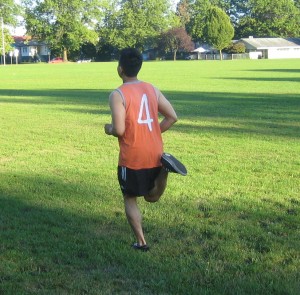The tibia is one of the commonly fractured bones in the body. The long bones include the femur, tibia, humerus and fibula. A tibial shaft fracture typically occurs along the length of the bone, below the knee and above the ankle. Since it requires a strong force to break a long bone, other injuries are likely to occur with this type of fracture.
What are the types of tibial shaft fractures?
It is important to note that the tibia can break in various ways. The severity of the fracture depends on the amount of force that caused the break. In some cases, the fibula can also break.
- Stable fracture is barely out of place where the broken ends line up properly.
- Displaced fracture occurs when a bone breaks and becomes displaced.
- Transverse fracture involves a horizontal line that can be unstable especially if the fibula is damaged.
- Spiral fracture is caused by a twisting force that can be stable or displaced depending on the force involved.
- Oblique fracture involves an angled pattern and usually unstable. It is initially stable or minimally displaced and becomes out of place over time.
- Comminuted fracture is unstable where the bone is shattered into several pieces.
- Open fracture occurs when the bones break through the skin.
- Closed fracture does not break the skin but the internal soft tissues can be damaged.
What are the possible causes?
High-impact collisions such as vehicular accidents are the usual causes of tibial shaft fractures. In such cases, the bone can be broken in several pieces.

Injuries during sports such as falls or bumping into another individual are considered low-impact injuries that can still lead to tibial shaft fractures. Remember that these fractures are usually caused by a twisting force which results to an oblique or spiral fracture.
What are the symptoms?
- Pain
- Inability to walk or support weight on the leg
- Instability or deformity of the leg
- Occasional loss of sensation in the foot
- Bone tenting the skin or protruding through a break in the skin
Diagnosing tibial shaft fractures
The doctor will ask how the injury occurred, other possible injuries and if the individual has other medical conditions such as diabetes. The doctor will conduct a physical examination to check for deformity, contusions, breaks in the skin, swelling, bony prominences under the skin and instability.
The doctor will palpate along the leg to check for abnormalities in the tibia. If the individual is awake, the doctor will assess the muscle strength and sensation by instructing him/her to move the toes and check if able to feel different areas over the ankle and foot. The imaging tests used in diagnosing the injury include an X-ray and CT scan.
Treatment
In most cases, minimal swelling can occur during the first few weeks. The doctor will apply a splint to provide comfort and support. The splint can be tightened or loosened as well as allowing the swelling to take place safely. Once the swelling subsides, the doctor will consider other treatment options. You can readily manage the symptoms by enrolling in a first aid class today.
A proven non-surgical treatment is to immobilize the fracture using a cast for the initial healing. After a few weeks under a cast, it can be replaced with a functional brace made out of plastic and fasteners. The brace can provide support and protection until healing is complete. In addition, the brace can be removed for hygienic issues and for physical therapy.
